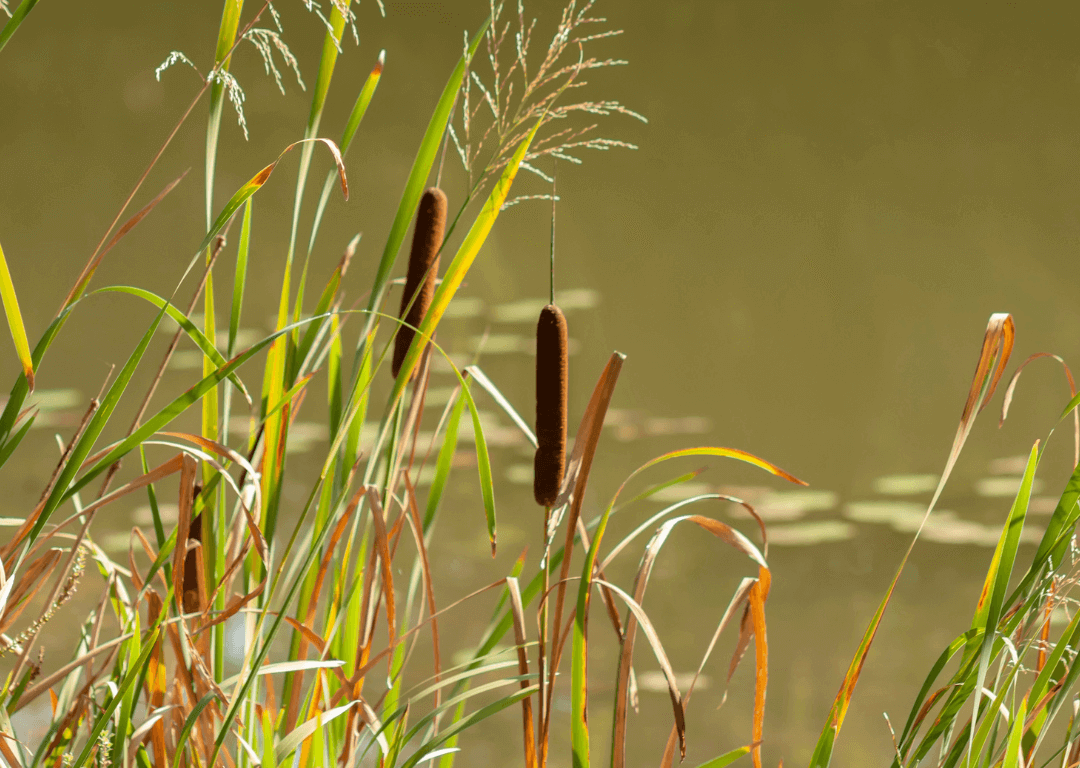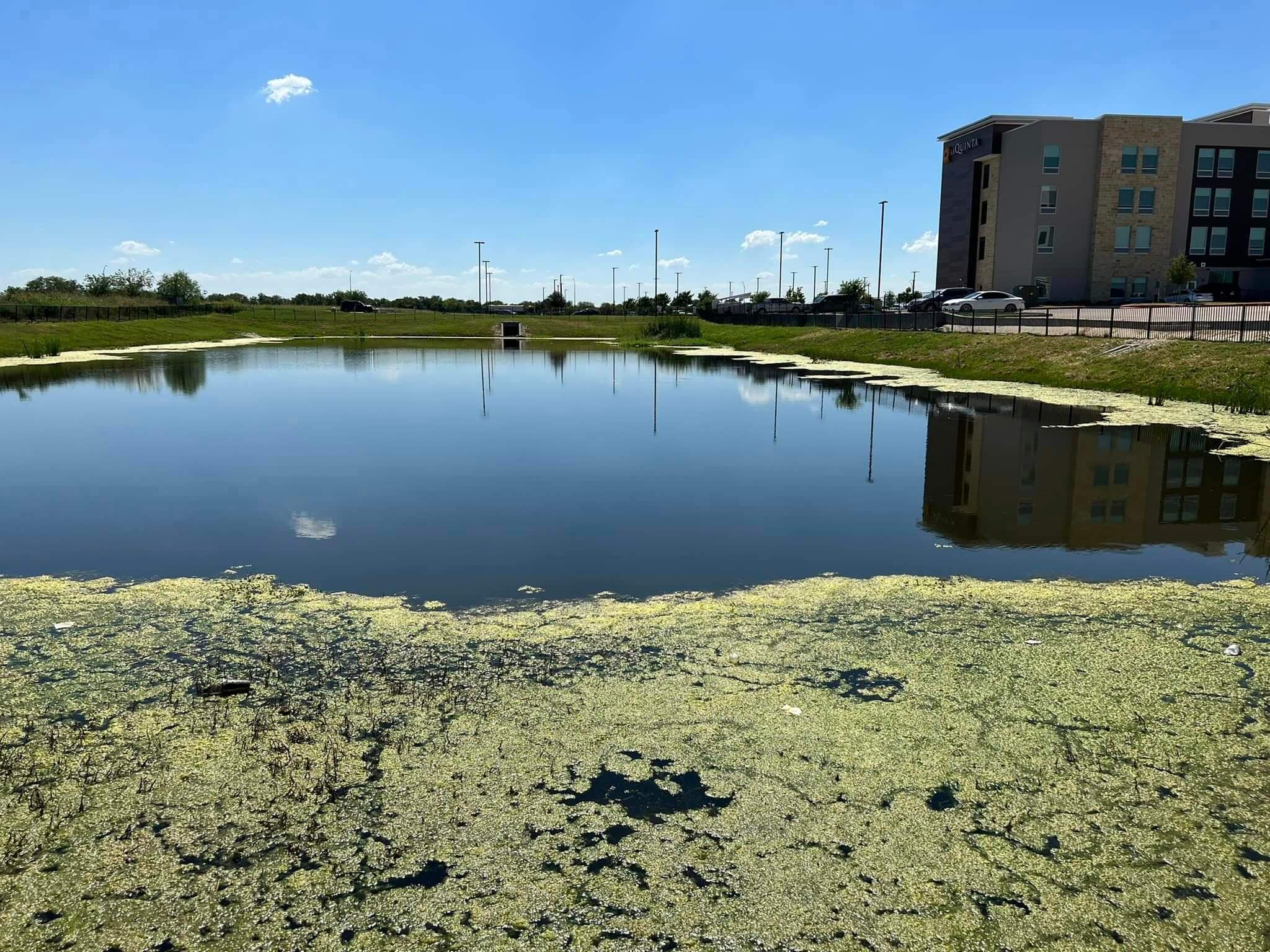Maintaining the health and ecological balance of lakes and ponds is essential for the well-being of our environment and local communities. However, various types of aquatic plants, commonly known as lake weeds, can disrupt this delicate balance. Here, we’ll explore the different kinds of lake weeds found in Texas, their characteristics, and the challenges they pose.
Algae
Algae are a common type of lake weed found in Texas water bodies. There are two main types:
Filamentous Algae: Often referred to as “pond scum,” filamentous algae form greenish mats on the water’s surface. These algae typically start growing along the edges or bottom of ponds and lakes, appearing thread-like due to a series of joined cells.
Planktonic Algae: Planktonic algae are microscopic plants suspended in the upper layers of the water. They can give the water a “pea green soup” or brownish appearance.
Submersed Plants
Submersed plants are rooted at the bottom of water bodies and grow entirely underwater. Some common submersed weeds in Texas include:
Bushy Pondweed: Resembling Chara or Coontail, Bushy Pondweed features narrow leaves with tiny spines along the edges and dense growth concentrated at the tips.
American Pondweed: This perennial plant has floating and submerged leaves in an alternate pattern, with elliptical to oval floating leaves and smaller submerged ones.
Eurasian Watermilfoil: Native to Europe, Asia, and Africa, Eurasian Watermilfoil forms dense colonies with reddish stems and feather-like leaves, often spreading rapidly.
Emergent Plants
Emergent plants grow above the water surface in shallow areas and include:
Alligator Weed: Native to South America, Alligator Weed forms dense mats along shorelines, making access difficult. It features long, elliptical leaves and small white flowers.
Cattails: Recognized by their cigar-shaped flower clusters, Cattails have flat to slightly rounded leaves and can grow up to 10 feet tall.
Floating Plants
Floating plants have leaves that float on the water’s surface, with their roots anchored in the bottom. They include:
Duckweed: This small, light green plant forms dense colonies and can cause oxygen depletion if left unchecked.
Water Lettuce: With dusty green leaves arranged in a spiral pattern, Water Lettuce can form thick floating mats, leading to fish kills if they cover the entire pond.
Shoreline Plants
Shoreline plants grow along the water’s edge and include:
Arrowhead: Featuring arrowhead-shaped leaves, Arrowhead plants can grow in shallow water or wet areas, spreading rapidly through seeds and rhizomes.
Pickerelweed: Known for its shiny green leaves and violet-blue flowers, Pickerelweed reproduces from seeds and rhizomes.
Understanding the different types of lake weeds in Texas is crucial for effective lake management and ecological preservation. By identifying and addressing these plants, we can maintain the health and balance of our water bodies for generations to come.


